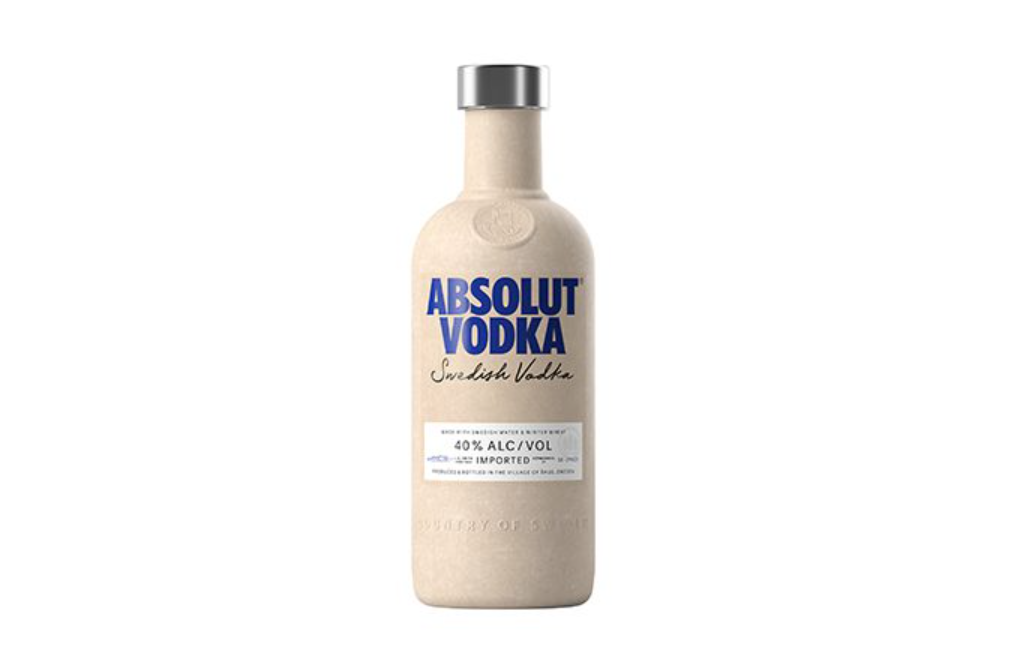Over the last few years we have seen a trend in packaging moving from plastic to paper-based solutions, but is this really the sustainable choice or is it only perceived as ‘doing the right thing’ in consumers eyes?
Let’s look at the pros and cons of plastic and paper:
Plastics

Paper

It looks pretty evenly balanced between plastic and paper-based packaging. However, perception and, until recently, legislation has been very focused on plastic which has also led to large brands setting targets solely around reducing plastic across portfolios. These drivers have resulted in a surge of plastic alternative packaging i.e. bio-polymers, paper wrappers and even paper bottles.
One example is Absolut Vodka which launched a 3 month pilot test of their paper bottle in Tesco earlier this year. The bottle is made from 57% paper and 43% plastic barrier lining and certainly appears to consumers as a sustainable packaging solution. Yes, it is much lighter than the glass alternative, which will bring down emissions in transportation but is it recyclable?

Mars are also trialling a paper wrapper, which claims to be recyclable but how many people will actually recycle the wrapper?
Without data including full specification with global recyclability evaluation, CO2 values or ideally a full lifecycle analysis, it is virtually impossible to determine if the paper solution is better from a sustainability perspective than it’s plastic counterpart.

If we moved everything from plastic (much of which is recyclable, if designed and disposed of responsibly) to paper, what would the consequences be?
Here are some facts:
- 3 billion trees used annually to meet global paper packaging demands
- 5 millions tonnes of paper packaging needed to meet UK demand in 2018
- 69% of paper and cardboard packaging was recycled / recovered in 2019
- 15% decline in amount of CO2 being absorbed by EU forests versus 20051

Paper packaging vs deforestation
Deforestation is a huge problem, an area larger than the size of the EU was lost to deforestation between 1990 – 2020 and this problem will only get bigger unless regulated. Thankfully this is starting to happen, the EU Deforestation Regulation2 mandates due diligence on the value chain of products derived from cattle, cocoa, coffee, oil palm, rubber, soya, wood and paper products and packaging is also covered in this. All of these products must be ‘deforestation-free’ to be sold in the EU or exported.
Many timber and pulp companies have committed to zero deforestation, which means they will replant at the same rate as land clearing, however many have not committed to this. Sadly, out of the companies who pledged to zero deforestation by 2020 only 8 companies were found to have deployed comprehensive forest and land-use management practices and NONE had successfully achieved net zero3. This must improve, if we continue to only focus on plastic packaging, my fear is that deforestation will increase and timber and pulp companies will continue to set targets they simply do not hit.
The impact of losing our forests is catastrophic! We need our forests to fight climate change and biodiversity loss, although very little is communicated effectively to end consumer
son this. It is much easier to talk about plastic and the harm it does to our environment than deal with the problem properly.Gillian Garside-Wight, Aura
Paper, just like plastic, has its environmental challenges and not just forest related. Paper and board require huge volumes of water during production, even a sheet of A4 paper requires up to 20 litres of water, and in some countries paper production uses 10% of all freshwater4. Also many paper / board packaging solutions require grease barriers, one commonly used barrier is PFAS (Perfluoroalkyl and Polyfluoroalkyl Substances) which has been banned in several US states and Denmark as PFAS doesn’t break down in the environment and contaminates soil and waters.
If paper replaced plastic completely then there would be a significant impact on our forests which would then dramatically reduce carbon absorption. This cannot be the answer to improving the impact of or stopping climate change and pollution. I am not anti-paper packaging, I just want to help solve the packaging challenges rather than just move them from one issue and create another.
Virgin plastic production needs to decrease, but the solution isn’t to move from plastic to paper. We have to actively design a circular economy, reusing and recycling all that we can, but I believe the key to all of this is education, we have to have the facts. Data-based decisions are needed in the packaging industry to allow brands and retailers to make the right decision. The use of data then enables brands and retailers to inform and educate consumers, which has to be a good thing.
In some instances plastic will be the best solution and in others it will be paper, but without data to support decision making, it’s all just perception and gut feel.
Our planet shouldn’t be reliant on our ‘gut feel’, we can do better…we must do better!
Sources: 1 EU rules on packaging (2023), Material Economics, Unwrapping a disaster (2023), UK global packaging materials footprint (WWF), Two Sides tracker (2023), Defra, 2 https://environment.ec.europa.eu/topics/forests/deforestation/regulation-deforestation-free-products_en, 3 https://earth.org/major-companies-responsible-for-deforestation/, 4 https://paperontherocks.com/2019/03/22/water-waste-paper-industry-what-makes-pulp-paper-production-thirsty-business/




